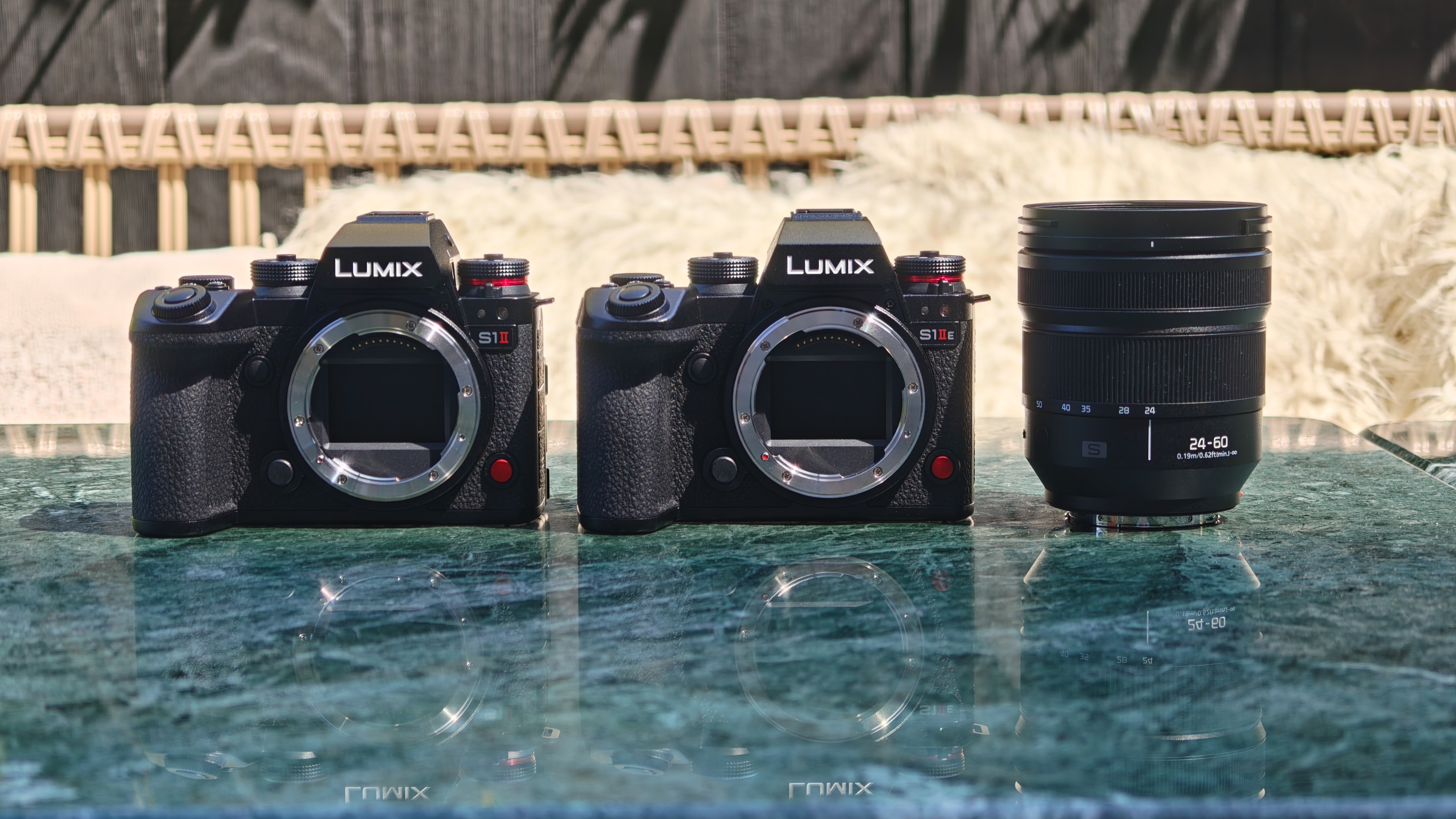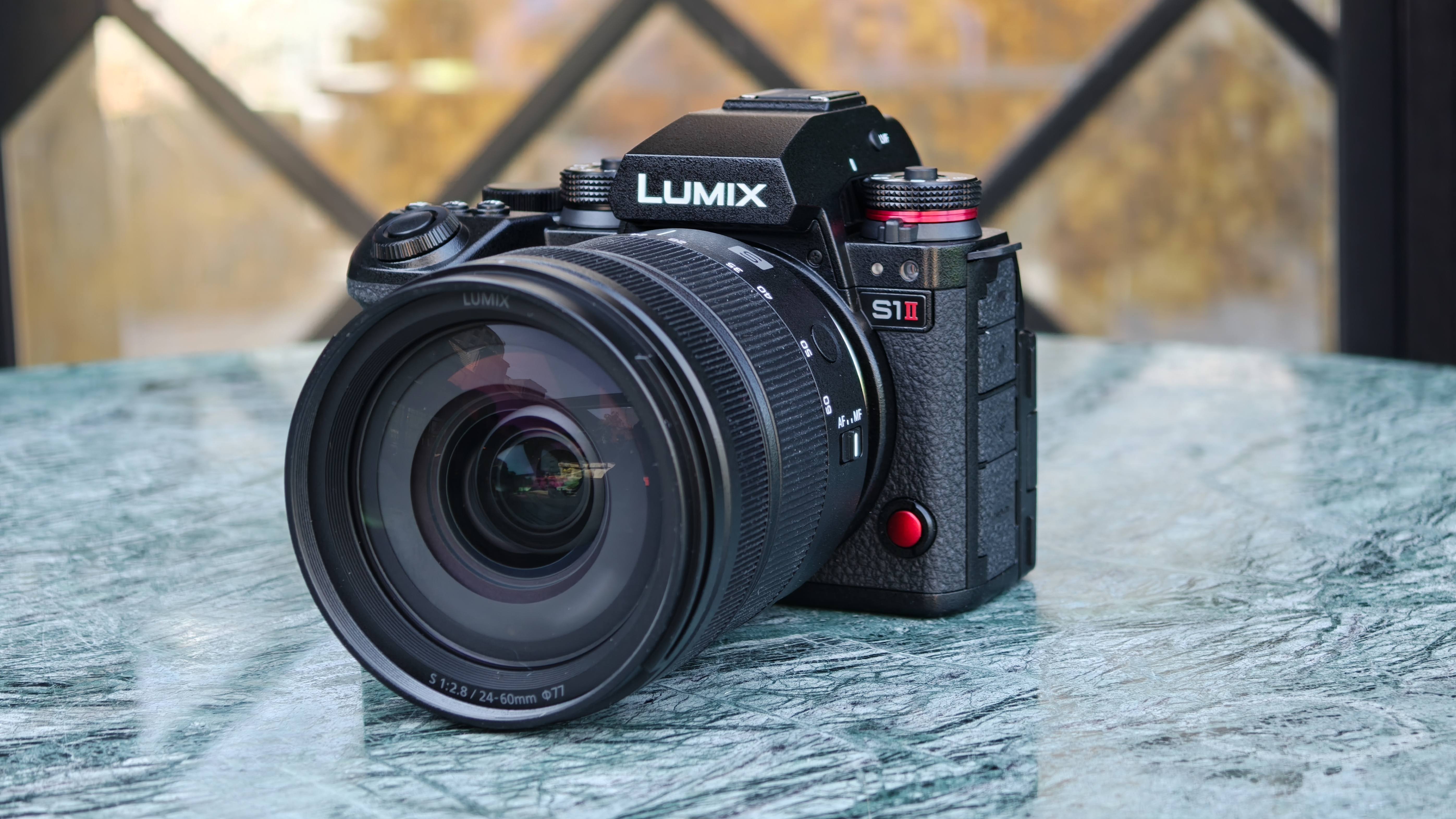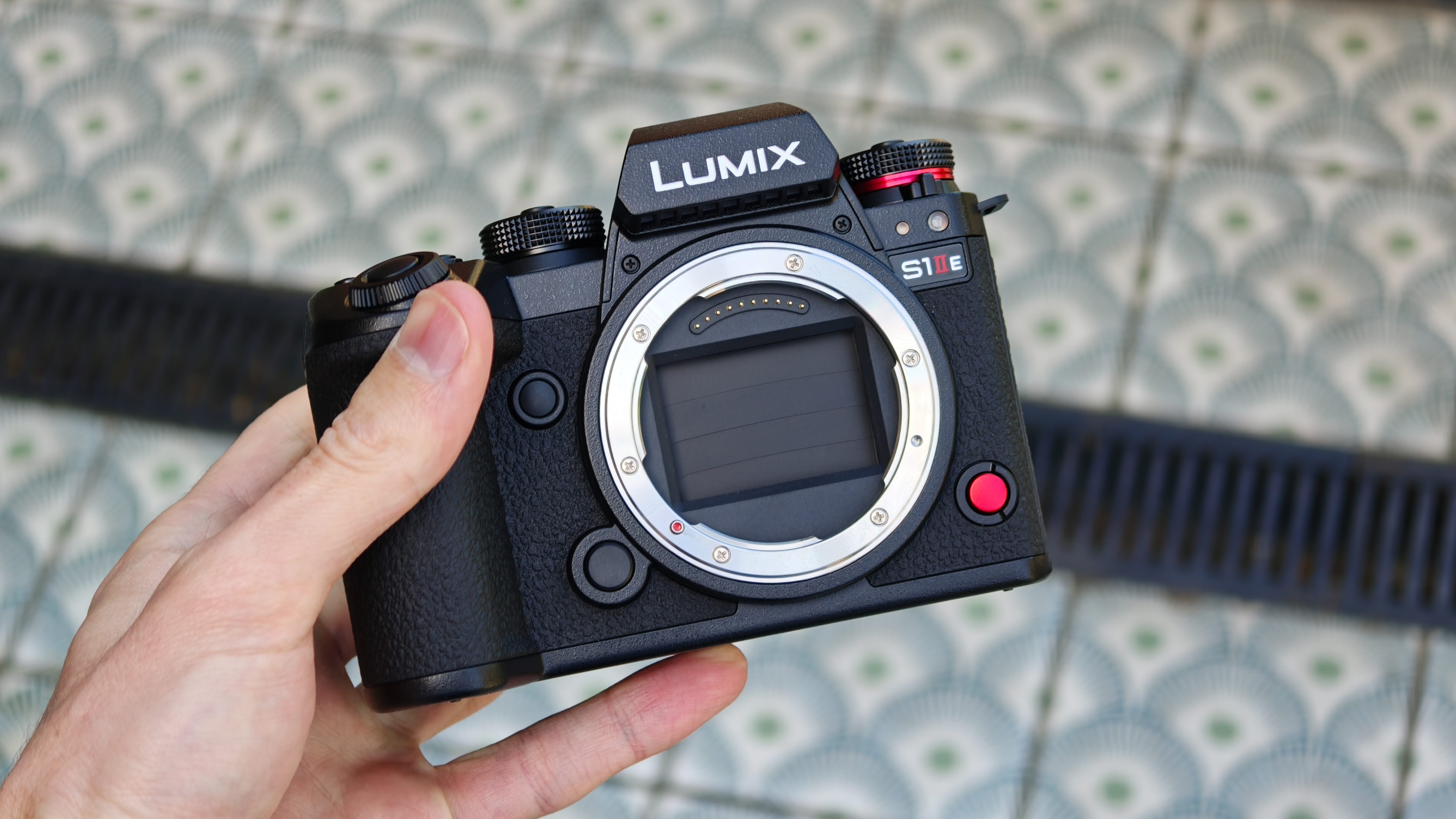Panasonic Lumix S1II vs S1IIE: What are the actual differences?
Spot the difference! There are some subtle but crucial variations between the Panasonic Lumix S1II vs S1IIE – here's what they are

Trying to work out the Panasonic Lumix S1II vs S1IIE differences? You're not alone!
Panasonic's lineup can be quite confusing, with very similarly named products having very similarly specced features (see also the S5II vs S5IIX), so it can be difficult to discern what's different between the Panasonic Lumix S1II vs S1IIE.
The variations are minor but important, for both stills specialists and video shooters. So here's a quick look at how the two models differ.
Panasonic Lumix S1II vs S1IIE: Commonalities
Firstly the physical dimensions are identical, with both cameras measuring 134.3 x 102.3 x 91.8 mm.
Likewise, the bodies have the same external components – sharing the same 5.76 million-dot electronic viewfinder and 1.84 million-dot articulating touchscreen.
In terms of durability, both cameras are weather-sealed and will operate in temperatures from 14°F to 104°F / 10°C to 40°C. The lifespan of their shutter mechanisms is rated at 400,000 actuations.
Both bodies have dual memory card slots, one SD and one CFexpress Type B, and supports 5.8K 30p / C4K 60p Apple ProRes RAW HQ / ProRes RAW internal recording to the latter.
The best camera deals, reviews, product advice, and unmissable photography news, direct to your inbox!
Internally they share the same Venus Engine for image processing, along with the same Phase Hybrid autofocus system (with 779-point phase and 315-area contract detection) and new Urban Sports algorithm (for breakdancing, skateboarding and parkour).
The 5-axis image stabilization system is also mirrored across both cameras, with 8 stops of compensation at the center and 7 stops at the periphery (along with 7-stop center, 7-stop periphery Dual IS 2).
All other shooting and movie specs are the same in the S1II as they are in the S1IIE, from the 6K 30p open gate to the ability to purchase a key for Arri LogC3 – with the following important exceptions…
Panasonic Lumix S1II vs S1IIE: Differences
While the lion's share of specs between the Panasonic Lumix S1II vs S1IIE are the same, there are key differences in the price, sensor type, continuous shooting speeds, video resolution, battery life and weight. These are as follows:
| Row 0 - Cell 0 | Panasonic Lumix S1II | Panasonic Lumix S1IIE |
Price | $3,199 / £2,899 / AU$5,299 | $2,499 / £2,399 / AU$4,199 |
Sensor | 24.1MP CMOS partially stacked | 24.1MP CMOS |
Max burst | 70fps electronic / 10fps mechanical | 30fps electronic / 10fps mechanical |
Max video resolution | 6K 30p (open gate), 6K 60p (2:4:1), 5.9K 60p, 4K 120p, FullHD 240p | 6K 30p (open gate), 6K 60p (2:4:1), 5.9K 30p, 4K 30p, FullHD 120p |
Battery life – CFexpress | 350 images LCD / 310 images EVF | 370 images LCD / 330 images EVF |
Battery life – SD | 360 images LCD / 320 images EVF | 380 images LCD / 340 images EVF |
Weight | 800g with battery & card / 718g body only | 795g with battery & card / 712g body only |
Panasonic Lumix S1II vs S1IIE: Verdict
The Panasonic Lumix S1II, as the slightly more expensive camera, has higher horsepower in the form of its stacked sensor, producing more performance in terms of a faster burst rate for photos and higher frame rates for video.
While the Panasonic Lumix S1IIE is more affordable and less powerful, thanks to having a standard (non-stacked) sensor, it has slightly superior battery life and is ever so slightly lighter.
Essentially, if you want to be able to shoot stills at 70fps and you need 5.9K 60p, 4K 120p and FullHD 240p for video, go for the S1II.
But if you're happy shooting 30fps stills and 5.9K 30p, 4K 30p and FullHD 120p video, it's the S1IIE.
You might also like…
Take a look at the best Panasonic cameras, along with the best L-Mount lenses for full-frame S bodies and the best Micro Four Thirds lenses for G series cameras.

James has 25 years experience as a journalist, serving as the head of Digital Camera World for 7 of them. He started working in the photography industry in 2014, product testing and shooting ad campaigns for Olympus, as well as clients like Aston Martin Racing, Elinchrom and L'Oréal. An Olympus / OM System, Canon and Hasselblad shooter, he has a wealth of knowledge on cameras of all makes – and he loves instant cameras, too.
You must confirm your public display name before commenting
Please logout and then login again, you will then be prompted to enter your display name.


